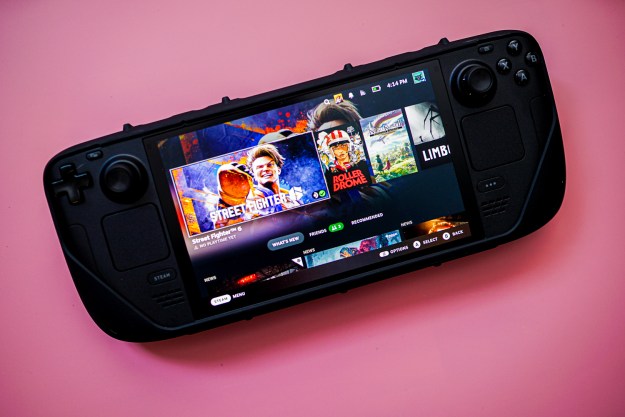Valve has clarified the technical specifications for the Steam Deck on its website. The site now properly displays that the Steam Deck has a quad-channel 32-bit LPDDR5 memory with a bandwidth of 88 GB/s.
Originally the site claimed that the handheld console had a dual-channel LPDDR5 memory with only about 44Gbps of data transfer. This correction properly reflects the true power of the Steam Deck and practically doubles its power compared to the initial announcement.

When the Steam Deck was first announced, many people dived right into the technical specifications for the product. The original specs raised some concerns, as players expected the console to be more powerful. Initially, the Steam Deck would be more powerful than the Nintendo Switch’s 25.6Gbps data flow, but would still be outpaced by even some laptops. Most laptops hover around the 68Gbps of data transfer, which would mean that the Steam Deck would be less powerful than hardware that is not even fully dedicated to gaming.
With this correction, Valve’s upcoming handheld is more in line with what we would expect from a PC gaming-focused company. The newly clarified technical specs show that the Steam Deck will be able to handle game performance better than initially expected.
While the console still will not be as powerful as many dedicated gaming PCs, the Steam Deck is still an impressive piece of hardware. People who were concerned about potential bottlenecking with this console can rest easy now as we now properly understand what to expect for the performance and hardware for the Steam Deck handheld.
Editors' Recommendations
- Every rumored video game console: Nintendo Switch 2, PS5 Pro and more
- WWE’s Xavier Woods has an ‘amazing’ Steam Deck travel hack
- I turned my Steam Deck into the ultimate cross-platform gaming machine
- You just can’t kill the Steam Deck
- If I’m not supposed to smell the Steam Deck vents, why do they smell so good?



